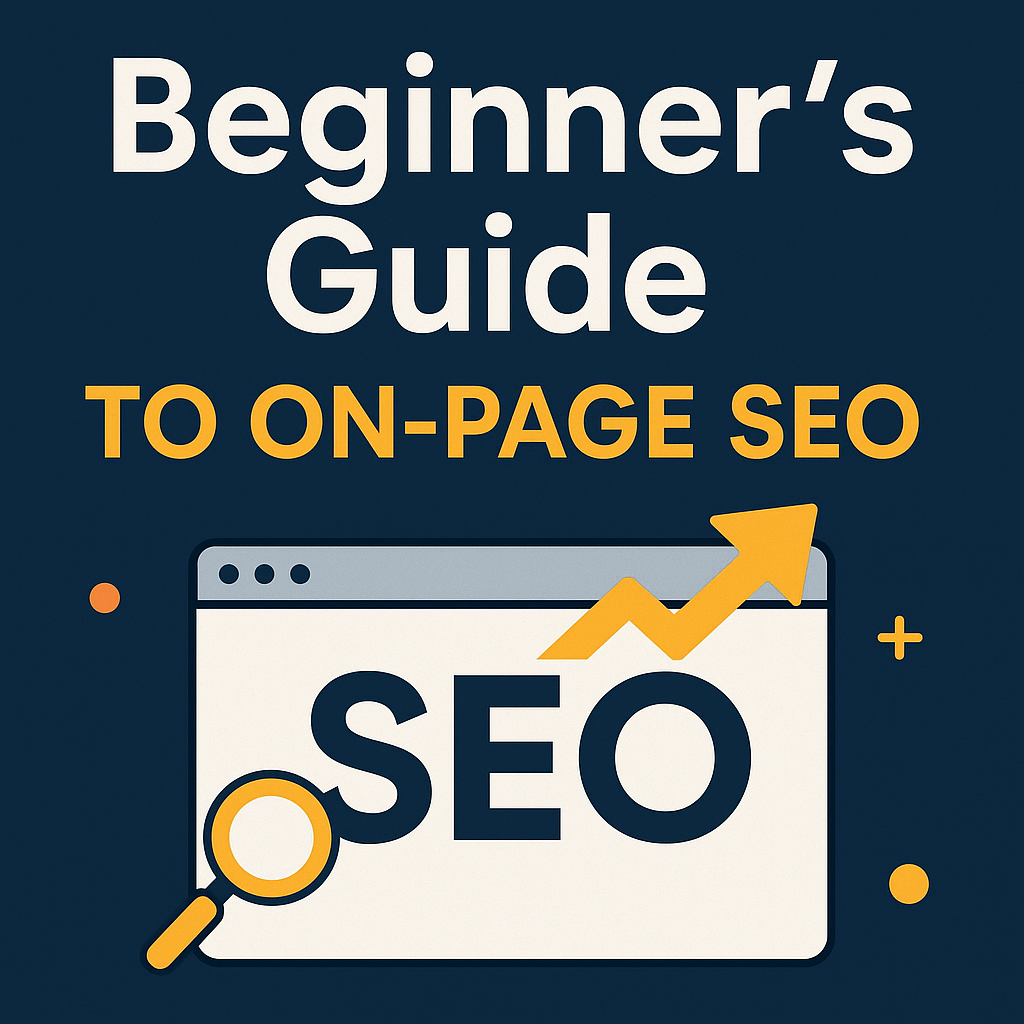In today’s fast-paced and evolving business world, understanding the diverse landscape of marketing is critical to standing out. With new tools, platforms, and behaviors reshaping how consumers engage, it’s no longer enough to rely on just one strategy.
This guide explores 26 essential types of marketing—both traditional and digital—to help you build a competitive edge, connect authentically with your audience, and drive business growth.
What Is Marketing?
At its core, marketing is the strategic process of promoting and delivering value to customers. It encompasses understanding consumer behavior, identifying market needs, and creating compelling messages that resonate with target audiences.
Traditional Marketing Types
1. Outbound Marketing
Classic method involving proactive outreach like cold calls, flyers, or TV ads. While considered outdated by some, it’s still effective for direct exposure.
2. Direct Mail
Sending promotional content through postal services. It’s tangible, personalized, and highly measurable when executed well.
3. Print Marketing
Flyers, brochures, and magazine ads offer physical credibility and a lasting impression for targeted demographics.
4. TV and Radio Advertising
Traditional yet still impactful, these channels deliver mass visibility and brand authority.
5. Outdoor Marketing
Billboards, bus ads, and public posters boost brand awareness in high-traffic areas.
6. Public Relations (PR)
Strategically managing brand perception through media coverage, community engagement, and press releases.
7. Telemarketing
Phone-based outreach offering direct interaction with potential customers—best used with warm leads.
8. Word-of-Mouth Marketing
Customer referrals and organic recommendations are still among the most trusted forms of promotion.
9. Guerrilla Marketing
Creative, low-cost tactics (e.g., flash mobs or viral stunts) that generate buzz through surprise and innovation.
10. Stealth Marketing
Subtle promotion embedded in content or influencer posts without overt brand mentions.
11. Partner Marketing
Collaborating with another brand to co-promote services and share audiences for mutual benefit.
12. Brand Marketing
Building emotional and lasting relationships through consistent messaging, visual identity, and customer experience.
Digital Marketing Types
13. Search Engine Marketing (SEM)
Paid ads on search engines like Google that appear when users search relevant keywords. Highly measurable and effective.
14. Search Engine Optimization (SEO)
Organic approach to improving visibility on search engines. This includes keyword research, content optimization, and technical improvements.
15. Content Marketing
Creating valuable, relevant content (blogs, guides, videos) that educates or entertains your audience.
16. Social Media Marketing
Using platforms like Instagram, LinkedIn, or TikTok to build relationships and promote content or products.
17. Influencer Marketing
Partnering with social media influencers to tap into their established audiences and credibility.
18. Affiliate Marketing
Promoting products via third-party marketers who earn commissions for each sale generated.
19. Performance Marketing
Data-driven campaigns (e.g., CPA or CPL models) that focus on measurable actions such as clicks, signups, or sales.
20. Mobile Marketing
Targeting audiences through smartphones via SMS, apps, or mobile-optimized web content.
21. Email Marketing
Cost-effective communication method to nurture leads, retain customers, and boost repeat purchases.
22. Acquisition Marketing
Strategies focused solely on converting new users or customers, typically through targeted campaigns and conversion funnels.
23. Inbound Marketing
Attracting users through value-first content that educates, solves problems, and builds trust.
Emerging and Hybrid Marketing Forms
24. B2B Marketing (Business-to-Business)
Targeting companies and decision-makers with personalized, long-cycle strategies involving demos, webinars, and reports.
25. B2C Marketing (Business-to-Consumer)
Engaging everyday consumers through emotional branding, convenience, and lifestyle-focused messaging.
26. Personalized Marketing
Tailoring offers and content based on individual user data, preferences, and behaviors using AI and CRM tools.
Why This Matters
Understanding these marketing types allows brands to:
- Build diversified campaigns
- Leverage data for smarter decisions
- Adapt to evolving consumer behaviors
- Create integrated customer journeys
No one-size-fits-all approach exists anymore. Brands that strategically blend multiple forms of marketing—especially digital and data-driven methods—are the ones leading in 2025.

